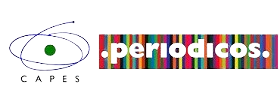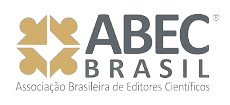How do the relationships between Science, Technology, Society and Environment appear in the natural science questions of São Paulo state universities entrance exams?
DOI:
https://doi.org/10.36661/2595-4520.2025v8n1.14503Keywords:
STSE Education, Entrance exams, Teaching natural sciencesAbstract
Studies on the relationships between Science, Technology, Society and Environment have been consolidated in Brazil, with vast production in postgraduate courses and in congresses specialized in teaching natural sciences. However, recent research points to obstacles to its implementation in basic education, due to gaps in initial teacher training and the dilemma that persists in basic education between training citizens or preparing students for the university entrance exam. The objective of this study is to verify the presence of STSE relationships in biology, physics and chemistry questions in the first phase of the Fuvest, Unesp and Unicamp entrance exams from 2019 to 2023. The
methodology used is Discursive Textual Analysis and the categories classify the questions according to the presence of STSE relationships: null, superficial, balanced in relation to scientific content and focus on STSE relationships with secondary scientific content. The results show that there is a predominance, in the three entrance exams, of only superficial and illustrative presence of STSE relationships. Physics questions are those that present the least balance between scientific content and STSE relationships. This balance has been increasing over the years in the chemistry questions of the Unicamp entrance exam.
Downloads
Downloads
Published
Issue
Section
License
Copyright (c) 2025 Rodrigo Bastos Cunha

This work is licensed under a Creative Commons Attribution 4.0 International License.






















